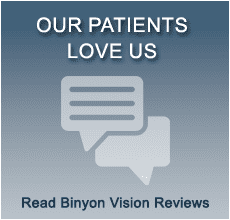Sometimes (Often) glasses run in the family…

When I contacted Shelly Clark about photographing her family for the latest “Glasses of Binyon” blog she responded- “Could we meet at Whatcom Falls Park? We kind of live right in the park.” I thought that might mean on the road leading into the park but as Kevin works for the Department of Fishery for Washington State- they literally live in the park. It was a joy to watch the family in their backyard and picture the kids growing up in one of Bellingham’s most beautiful parks. Kevin, Shelly, Chester and June have been patients of Dr. McEathron’s for many years and they each have unique and interesting stories about their journey with their glasses.
Let’s start with Chester.

Shelly tells me he’s worn glasses for as long as she can remember. His first eye exam was when he was four years old- with concerns of family history of nearsightedness. Shelly remembers this appointment vividly- that Dr. McEathron kindly recommended they try again the following year when Chester knew more letters. He received his first pair of glasses the next year and Shelly comments that he’s always taken very good care of his glasses- probably because he’s “blind as a bat” without them. His high astigmatism doesn’t make him a great candidate for contact lenses- but he wears glasses well and appreciates the help from the opticians to find him a great fitting pair that is stylish.
 Shelly was also proactive with an early eye exam for daughter, June.
Shelly was also proactive with an early eye exam for daughter, June.
When she was 5 she sat in Mom’s lap for her first eye exam. The next few years she came in for regular checks- but Dr. McEathron found no need for glasses. As 3rd grade rolled around, some reading struggles were noted. We made some reading glasses, but Dr. McEathron also recommended a consultation for vision therapy. June now sees Dr. Bearden at Optometric Physicians Northwest to help with excessive convergence. She wears her reading glasses for close work but with the improvement she’s seeing in vision therapy, she might not need them for much longer.
Shelly recalls Kevin coming home with his first pair of glasses in 2012 and being amazed…
being amazed…
at what he had been missing out on because he couldn’t see! He spends a lot of time outdoors- so he tried Transitions darkening lenses but didn’t like the amount of time it took for them to change back to clear- so he invested in his first prescription sunglasses made by Maui Jim. He describes those as the ultimate treat- and necessary for his work around bodies of water to be able to see clearly through the glare.
 I saved my favorite story for last!
I saved my favorite story for last!
Shelly was very nearsighted and had Lasik performed in 2010 and was glasses free for 4 years after wearing them since she was a little girl. She remembers the news that she would need glasses again as being disappointing – “It’s because I’m getting older right?” she asked Dr. McEathron. “Well, it’s because you keep having birthdays,” explained Dr. M. Shelly loves how he took her negative and turned it into a positive. She says she’s fine wearing them now and even likes them! When she lost her glasses she got the same frame in another color. This was smart because she found the lost glasses again and now has two very cute similar but different color frames!

It was a fun adventure to get to know this family better in their beautiful back yard and hear about their unique glasses experiences. A special thank you to Shelly, Kevin, Chester and June for sharing their glasses stories and to Katheryn Moran of Katheryn Moran Photography for taking this awesome family’s pictures!





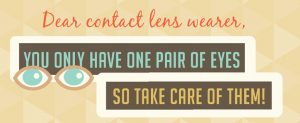

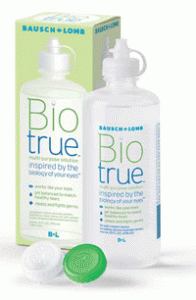
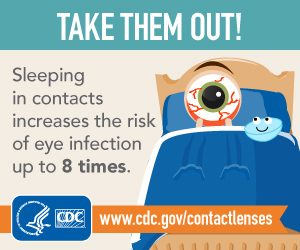 its
its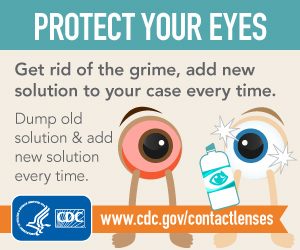
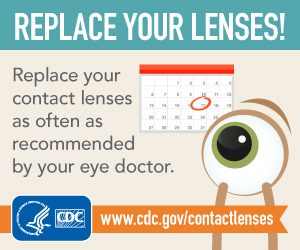

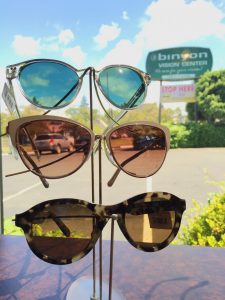 Whenever you spend time outside, there are easy ways to protect your eyes from the sun to help reduce the risks discussed above. Wearing quality sunglasses that provide 100% protection against UV-A and UV-B radiation is the first step. Transition lenses (that darken in sunlight) also provide 100% UV protection. Wrap-around sunglasses provide the most amount of protection. Don’t forget about protecting children and young adults eyes too! They typically spend the most time in the sun. Therefore, implementing the sunglasses habit can make the biggest impact to their long term eye health. It does this by reducing the amount of accumulative hours of UV exposure!
Whenever you spend time outside, there are easy ways to protect your eyes from the sun to help reduce the risks discussed above. Wearing quality sunglasses that provide 100% protection against UV-A and UV-B radiation is the first step. Transition lenses (that darken in sunlight) also provide 100% UV protection. Wrap-around sunglasses provide the most amount of protection. Don’t forget about protecting children and young adults eyes too! They typically spend the most time in the sun. Therefore, implementing the sunglasses habit can make the biggest impact to their long term eye health. It does this by reducing the amount of accumulative hours of UV exposure!







